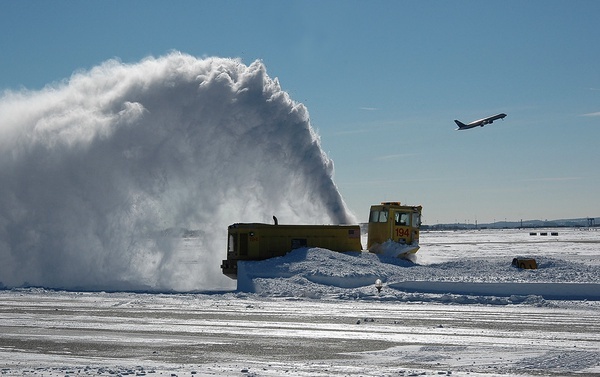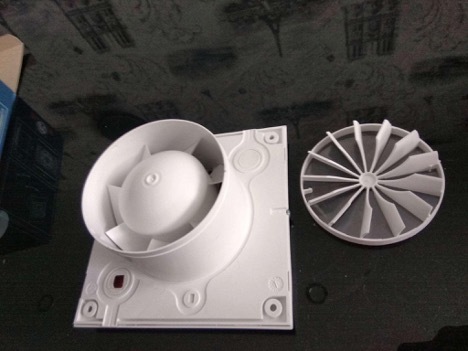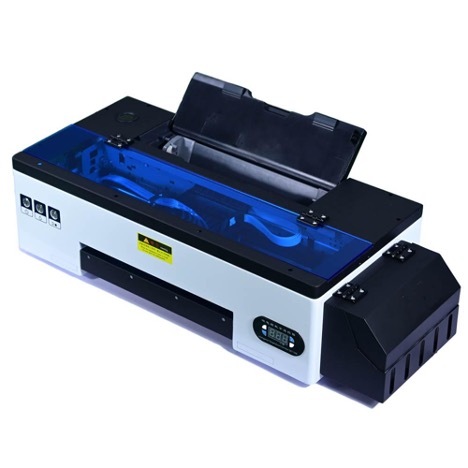Creating a fireplace with air heating with your own hands is not only an opportunity to heat your home, but also a cozy addition to the interior. In this article we will look at how you can independently build a fireplace with an air heating circuit, ensuring efficient heat distribution throughout the house.
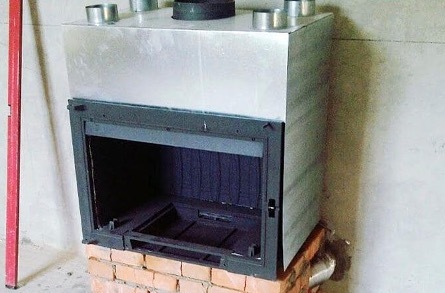
The content of the article
- Planning and preparation
- Main stages of construction
- Important Safety Considerations
-
Mistakes at work and how to avoid them
- How to Avoid These Mistakes
- Conclusion
Planning and preparation
Before you begin building an air-heated fireplace with your own hands, it is important to carefully plan the entire process. Decide on the location of the fireplace. Keep in mind that for effective heat distribution you need to ensure good air circulation. You also need to choose the appropriate design and size of the fireplace. It should match your interior and room area.
To build a fireplace with an air circuit, you will need the following materials:
- fire bricks;
- solution;
- thermal insulation materials;
- materials for air ducts.
Main stages of construction
Continuing the theme of creating a fireplace with air heating with your own hands, let's look at additional aspects that are important to consider for the successful completion of the project.
One of the key benefits of an air-fired fireplace is its efficiency in heating rooms. Unlike traditional fireplaces, where most of the heat goes up the chimney, an air duct system allows the heat to be distributed more evenly throughout the home. This not only creates a comfortable atmosphere, but also helps to save fuel and, as a result, reduce heating costs.
Before starting construction, it is important to choose the right materials and tools. Here's a basic list of what you might need:
- refractory bricks for the construction of a firebox;
- masonry mortar and thermal insulation materials;
- metal pipes or ducts for the heat distribution system;
- basic construction tools such as trowel, level, tape measure;
- protective equipment, including gloves, safety glasses.
After completing the main construction work, the design of the fireplace is no less important. This may include stone tile trim, decorative plaster, or other materials of your choice that will complement your home's decor and add personality to your fireplace. It is also worth paying attention to safety - install a protective screen or fence to prevent accidental sparks from hitting the floor or furniture.
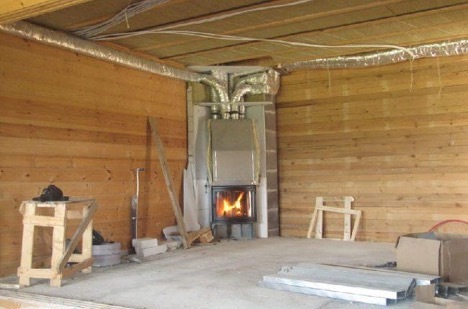
Important Safety Considerations
When building an air-fired fireplace, special attention should be paid to safety aspects to ensure reliability and prevent potential risks. Here are some key points to pay attention to:
- Make sure the fireplace and ductwork meet all fire safety codes. This includes using non-flammable and insulating materials around the firebox and ductwork.
- All fireplace components, including the firebox, chimney, and ductwork, must be installed professionally and correctly. Improper installation may result in fire or carbon monoxide leak.
- Periodically inspect the fireplace and chimney for blockages or damage. Cleaning the chimney from soot and soot should be carried out regularly by professionals.
- Installing carbon monoxide and smoke detectors in your home is an important safety precaution. They will help to detect a gas leak or fire in a timely manner.
- If you are using off-the-shelf components or systems, it is important to carefully read and follow the manufacturer's instructions to ensure safety.
Following these safety precautions will help ensure the longevity and reliability of your air-heating fireplace, as well as the health and well-being of everyone in your home.
Mistakes at work and how to avoid them
When building an air-heated fireplace, it is important to avoid common mistakes that can lead to ineffective operation of the system or even dangerous situations. Being aware of these mistakes and how to prevent them will help you ensure the safety and efficiency of your project.
Common mistakes:
- Failure to adequately appreciate the importance of insulation can lead to heat loss and increased heating costs.
- Ducts that are too small or too large can interfere with heat distribution efficiency.
- Improper ventilation can lead to carbon monoxide buildup.
- Skimping on materials can reduce the safety and durability of the fireplace.
How to Avoid These Mistakes
The first step is to carefully plan and calculate all aspects of building an air-fired fireplace. Make sure that the duct sizes are appropriate for the fireplace's capacity and the size of the rooms that need to be heated. It is also important to use high-quality and appropriate materials for each element of the fireplace, including insulation and ductwork.
Another key point is to ensure adequate ventilation. This will not only prevent carbon monoxide buildup, but will also improve the overall efficiency of your heating system. Carry out regular fireplace inspections and maintenance to ensure any problems or damage are detected and repaired promptly.
Conclusion
Creating a fireplace with air heating is not an easy task, but it is quite doable with your own hands. Such a fireplace will not only warm your home on cold days, but will also decorate it, creating an atmosphere of coziness and comfort. By following these guidelines and taking safety precautions, you can complete your project and enjoy the warmth of your own fireplace.
